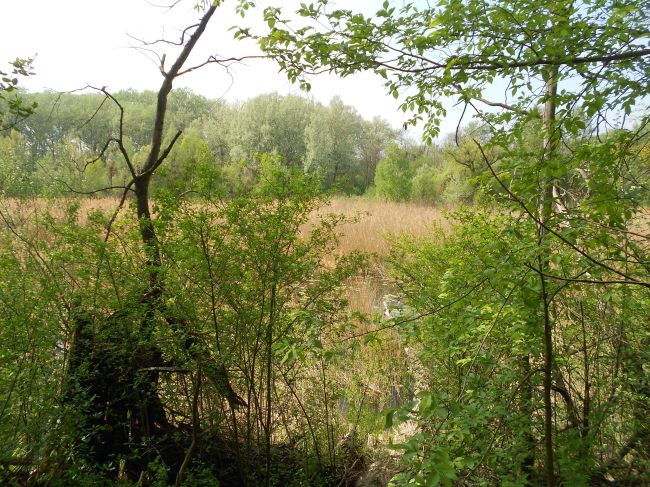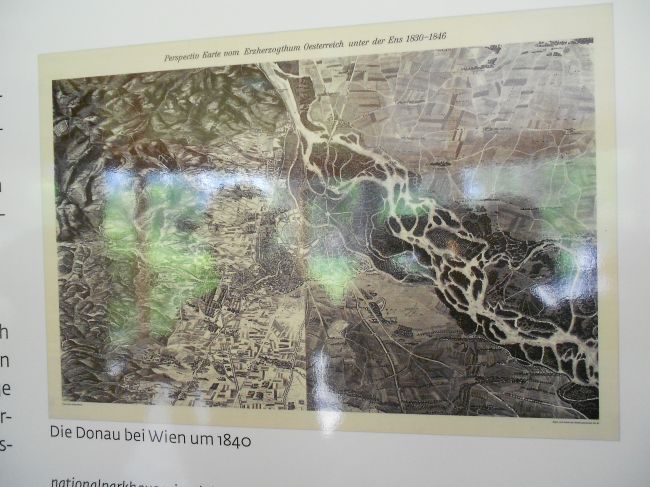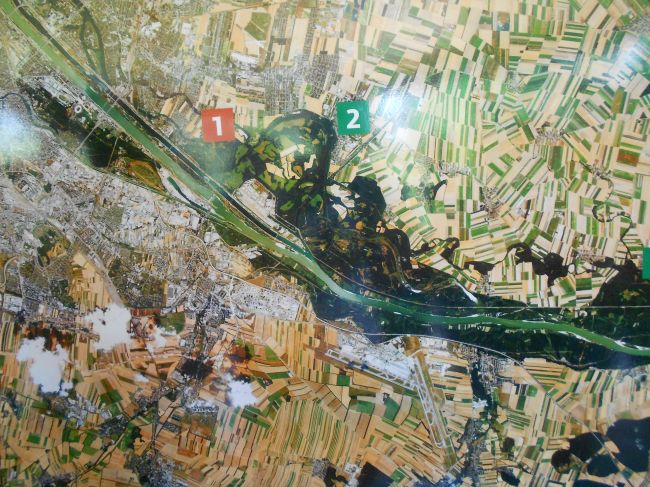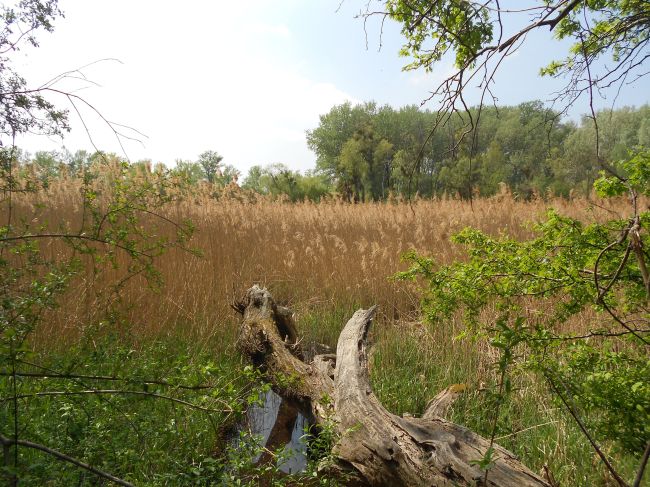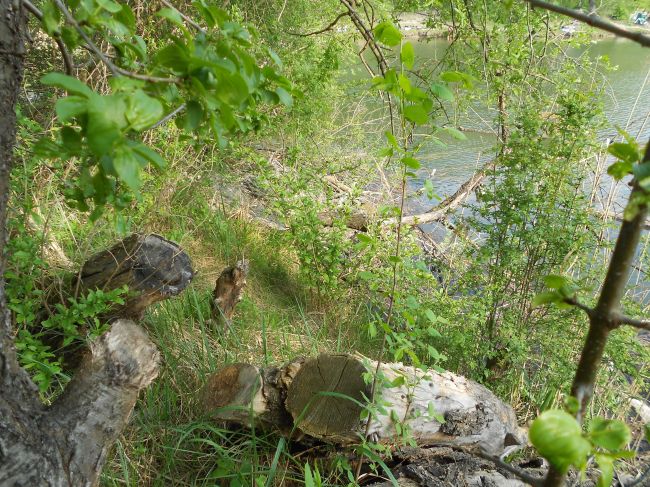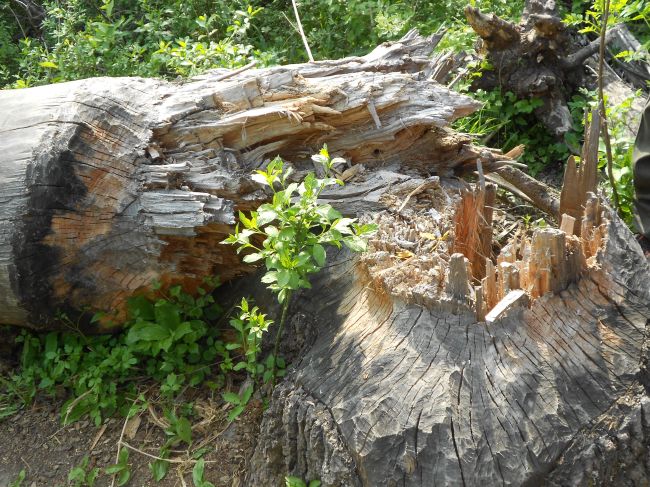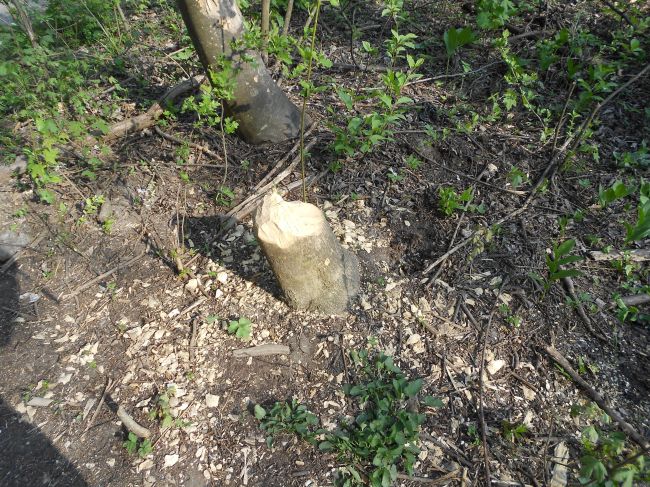About a half hour cycle from Vienna city centre, on the cities eastern border, lies an interesting ecological system: a floodplain (or Riparian) forest. In the past Vienna lay beside a collection of many small islands or “häufel”. Heavy rainfall upstream would flood the areas around these islands, leaving sediment when the flooding subsided.
After heavy flooding in 1954 the river was rerouted, with a new channel, the “neue Donau”, separated from the main channel by the Danube island (Donauinsel), a project which was completed in 1987.
Floodplain forests have a very unique dynamic. Nutrients are supplied by the river: floods deposit material collected upstream. The Danube is perfect for this, originating in a limestone region (Calcium is a valuable macronutrient) and flowing through a flysch zone which supplies brown clay material. As a result of this nutrient “delivery system” floodplain forests are home to pioneer tree species such as Poplars and Willows, which rely on the deposition of nutrients by the river. Behind these softwoods, outside the regularly flooded areas, grow hardwood species such as Elms, Oaks and Ash.
The flood-management measures removed this system from the area directly around Vienna. The Donau-Auen National Park runs between Vienna and Bratislava, covering 9300 hectares, and outside the Neue-Donau area it retains its riparian forest characteristics.
Ash-dieback disease
Since 1992, many Ash trees (Fraxinus exelsior) in europe have been diagnosed as carrying the fungus Hymanoscyphus pseudoalbidus (of which Chalara fraxinea is the asexual stage) which causes a dieback of leaves and crown. It can survive the winter on the leaf litter and so infect new trees in spring. It is thought to have originated in Asia, where the Ash trees have an immunity to it, and came to Europe via trade.
This fungus was reported in Ireland in October 2012. Ash wood is used to make sticks for Hurling, one of Irelands national sports, and there are fears that a spreading of the disease could affect the manufacturing industry, especially effecting traditional family run businesses.
This sapling is affected with the disease.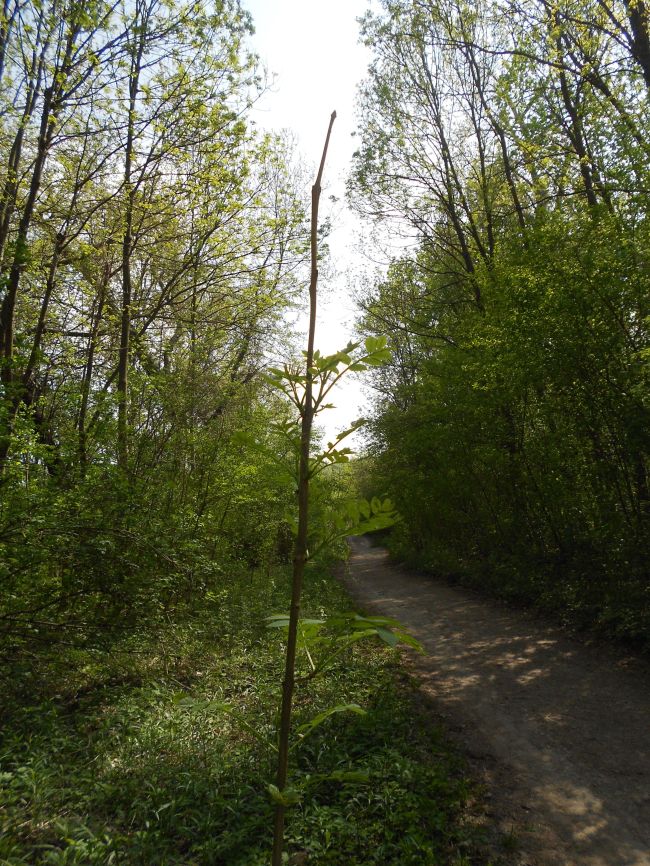
Beavers
The European Beaver (Castor fiber) was hunted to extinction in Austria in the 1860s. In 1972 they were reintroduced. At the Nationalpark Donau-auen, they used some Canadian Beavers (Castor canadensis), which have now intermixed with the european beaver population.
Beavers in the national park do not need to dam the river, as the river management has supplied lots of stagnant water! They dig underground dens on the banks, with underwater entrances, and cover these entrances with branches.
Beavers fell trees to eat the cambium, the soft layer between the wood and the bark of a tree. Wood consists of the Xylem, vessels which run the length of a tree supplying water and nutrients from the roots upwards to the canopy. On the outside of the cambium are the Phloem, smaller vessels which transport sugar and other materials from the canopy downwards to the roots of the plant. Beavers are also known to eat leaves, tubers and clover.
